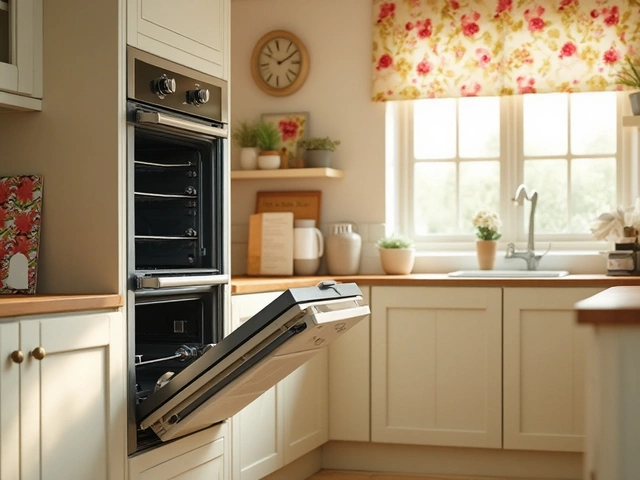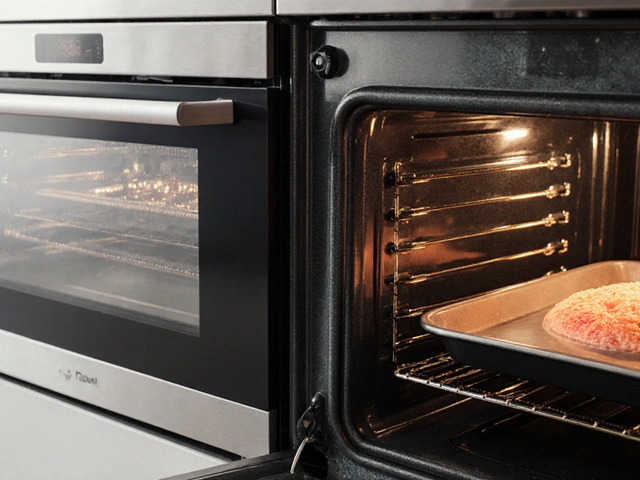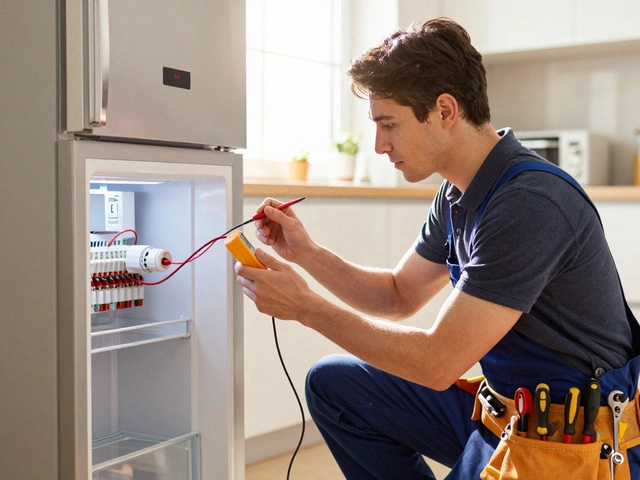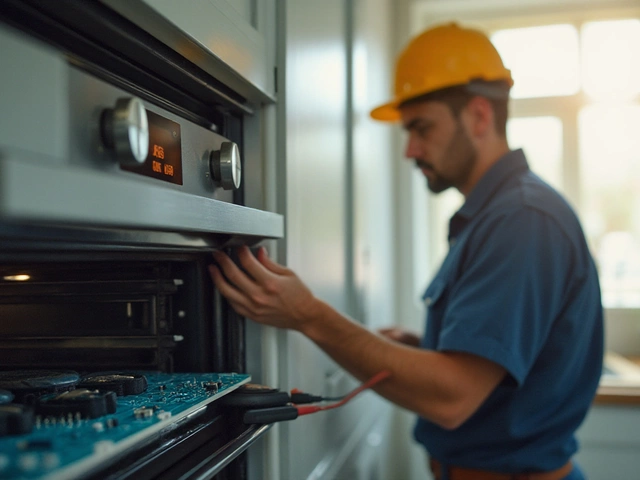Replacing an Electric Oven: Tips and Challenges
January 4 2025Laptop Troubleshooting: Quick Fixes You Can Do Today
If your laptop is acting up, you don’t have to panic. Most problems have a simple cause and an easy fix you can try before calling a pro. Below we break down the most common issues and give you a step‑by‑step plan to get your device back in shape.
Common Laptop Problems and How to Spot Them
Won’t power on. The screen stays black, the fans are silent, and the charge light is off. Often it’s a dead battery, a loose charger, or a tripped safety switch.
Battery drains quickly. You notice the charge dropping from 100% to 20% in under an hour. Heavy background apps, a failing battery, or a mis‑calibrated power plan could be to blame.
Slow performance. Programs lag, web pages stall, and the laptop feels sluggish. Too many startup apps, a clogged hard drive, or lack of RAM are usual suspects.
Overheating. The fan runs loudly and the computer shuts down unexpectedly. Dust in the vents, a blocked fan, or high CPU usage can cause heat buildup.
Screen flickers or goes blank. You see flashes, lines, or the display suddenly turns off. Loose cable connections, outdated graphics drivers, or a failing screen are common causes.
Step‑by‑Step Troubleshooting Guide
1. Check the power source. Make sure the charger is plugged in securely and the outlet works. Try a different charger if you have one. If the laptop still won’t turn on, hold the power button for 10 seconds to reset the internal circuitry.
2. Inspect the battery. Remove the battery (if it’s removable) and run the laptop on AC power alone. If it works, the battery likely needs replacement. For built‑in batteries, run a battery health check in your operating system’s settings.
3. Clear out startup clutter. Open Task Manager (Ctrl+Shift+Esc) and disable any apps you don’t need at boot. Restart the laptop and see if performance improves.
4. Free up storage. Delete old files, uninstall unused programs, and run a disk cleanup. A drive that’s more than 90% full can slow things down dramatically.
5. Update drivers. Head to the laptop maker’s website and download the latest graphics and chipset drivers. Outdated drivers often cause screen flicker and random crashes.
6. Cool it down. Turn off the laptop, flip it upside down, and use a can of compressed air to blow out dust from vents and the fan. Keep the laptop on a hard, flat surface to allow proper airflow.
7. Run a hardware test. Many laptops have built‑in diagnostics you can start by holding a key combo at boot (check the manual). The test will point out faulty RAM or a dying hard drive.
If none of these steps solve the issue, it’s time to call a qualified technician. Most problems are cheap to fix when caught early, so don’t wait until a small glitch becomes a big expense.
Having a plan makes laptop trouble feel less daunting. Keep these steps handy, and you’ll be able to tackle most hiccups on your own.
 29 May
29 May
Is a 10 Year Old Laptop Worth Keeping? Your Guide to Making the Call
Thinking about keeping that old laptop that’s been with you for a decade? This article breaks down if holding onto a ten-year-old laptop actually makes sense. We’ll look at what usually fails with old hardware, what’s fixable, and when you’re just wasting time and money. There are tips on easy, cheap upgrades and signs it’s finally time to say goodbye. Get practical advice to help you decide what’s right for your situation.
Read More...



